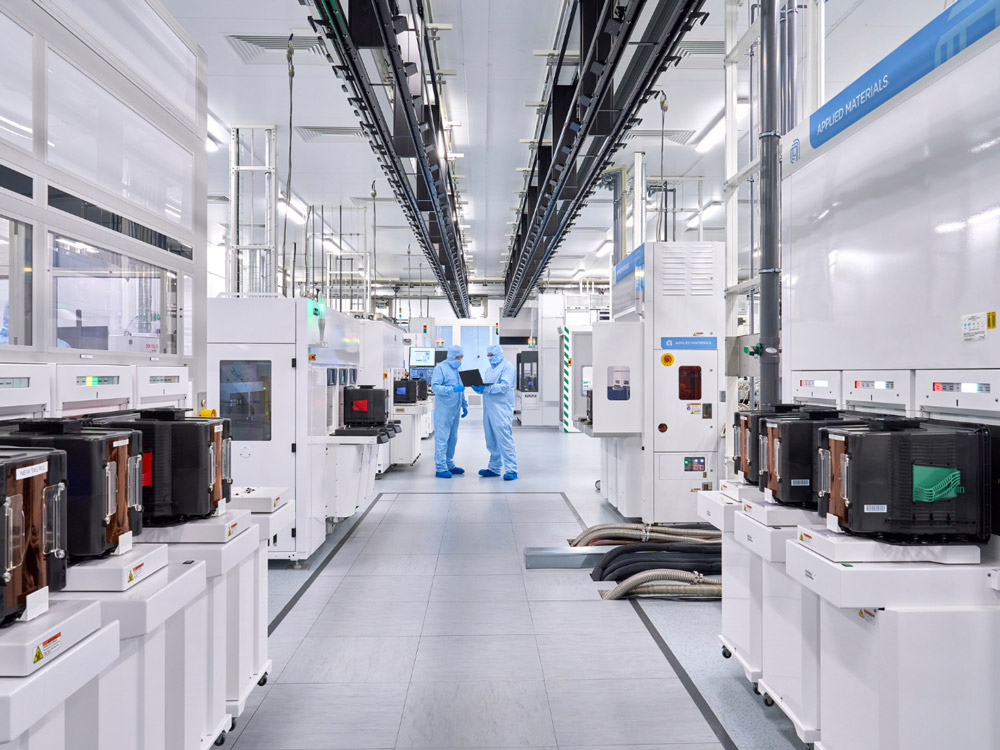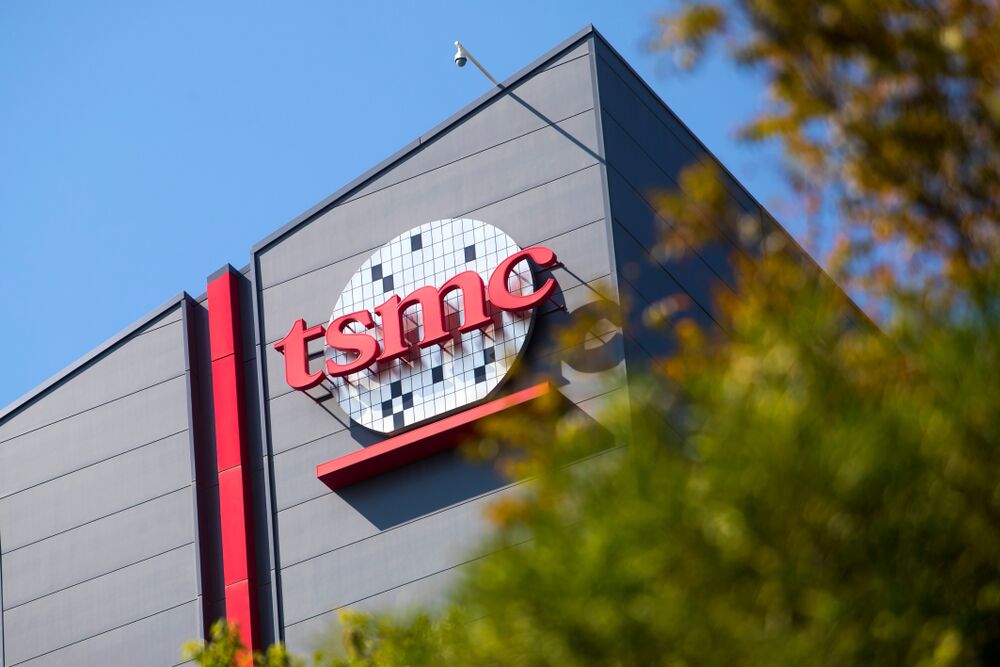July 1, 2025 /SemiMedia/ — Mainland China is projected to surpass Taiwan region as the world’s largest semiconductor foundry hub by 2030, according to a recent report by Yole Group. The country is expected to hold 30% of global installed wafer capacity by the end of the decade, up from 21% in 2024.
Yole’s data shows Taiwan region remains the top contributor in 2024 with 23% of global foundry capacity, followed by South Korea at 19%, Japan at 13%, the United States at 10%, and Europe at 8%. Southeast Asia, led by Singapore and Malaysia, accounts for 6% of capacity, mostly driven by foreign foundries.
The report underscores the growing regionalization of global foundry capacity. While global wafer capacity is forecast to grow at a 4.3% CAGR through 2030, utilization rates are expected to hover around 70%, raising concerns about return on investment.
Mainland China’s foundry growth is particularly noteworthy. According to SEMI, China’s wafer output rose 15% in 2024, reaching 8.85 million wafers per month, thanks to 18 newly operational fabs. Capacity is expected to climb another 14% in 2025, reaching 10.1 million wafers per month—well above global growth projections.
Despite accounting for 57% of global wafer demand, U.S.-based semiconductor firms rely heavily on overseas production, with only 10% of capacity located domestically. Taiwan region, by contrast, holds 23% of global capacity but represents just 4% of demand. Japan and Europe maintain more balanced supply-demand ratios.
As geopolitical tensions shape global supply chains, Mainland China’s rapid capacity expansion signals a significant shift in semiconductor manufacturing leadership.












All Comments (0)